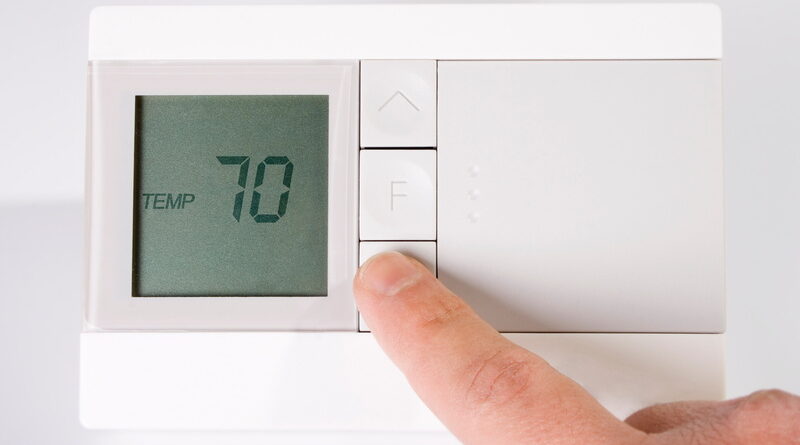Like anything, your thermostat will reach its maximum and eventually need to be replaced.
Before removing your old thermostat, ensure power has been switched off by switching the switches in your breaker box that pertain to the furnace, heater, and air conditioner systems. This will help lower the risk of electrical injury.
Before you get hands-on with that thermostat, remember to cut the power off using your breaker box – and for expert advice and services in Siloam Springs, check out this link: andersonair.
1. Increased energy bills
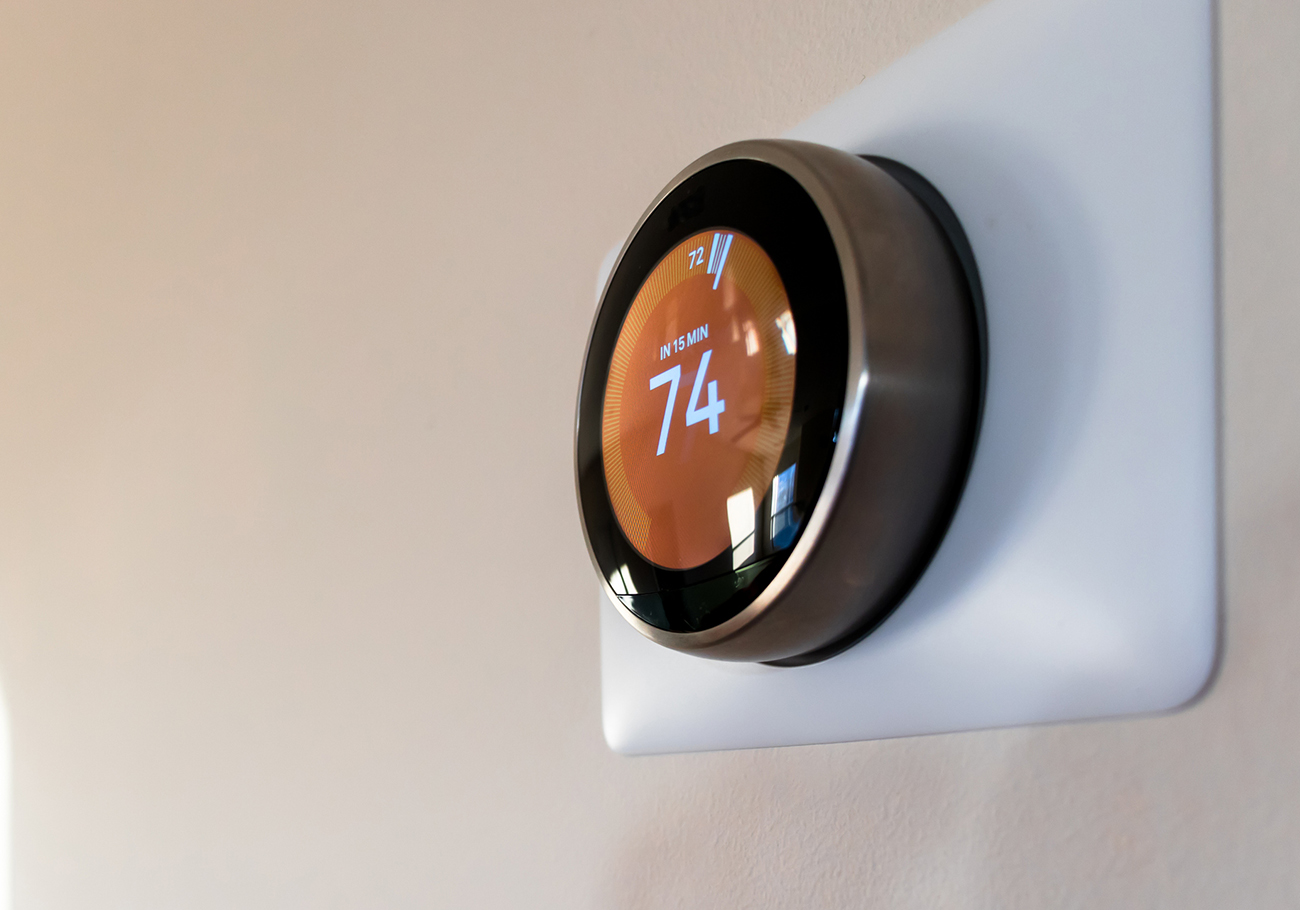
source: pinterest.com
With use, old thermostats begin to lose efficiency, causing wear and tear leading to higher energy bills as your HVAC system runs more frequently and uses more power for heating and cooling your home.
Upgrading your thermostat can reduce your energy bills by giving you more climate control. Modern devices are even able to create schedules that adapt to your lifestyle and family schedule.
Smart thermostats also provide energy reports displaying how much power your HVAC system consumes daily and valuable tips to reduce energy consumption and costs.
Take advantage of energy rebates to reduce your bills by using local utility companies, governments, and reputable energy efficiency organizations that provide them. Be sure to research eligibility requirements before purchasing or hiring professionals to install. A programmable thermostat may unlock this potential for cost reduction in an ongoing manner.
2. Uncomfortable temperatures
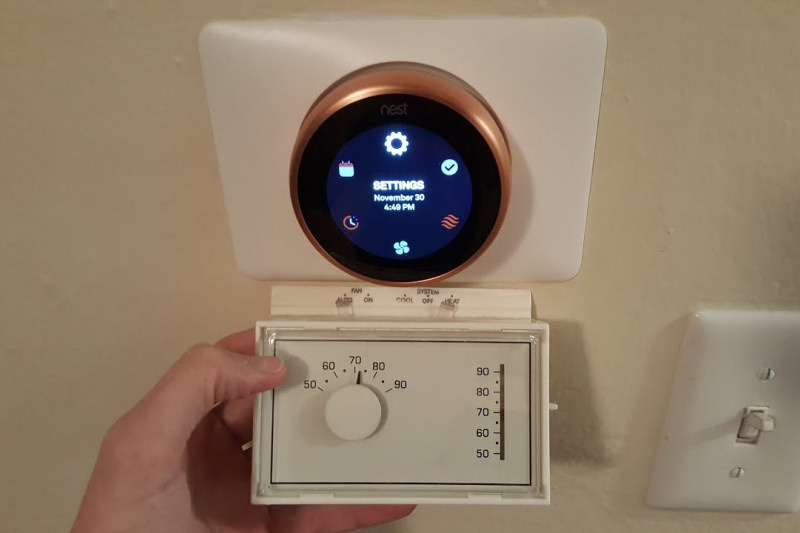
source: pinterest.com
If your thermostat is old or malfunctioning, it won’t keep you indoors comfortable. It’s job is to control the temperature in your house so if it’s not doing that, that’s a sign something is wrong and you may need a new one.
Programmable smart thermostats give you more control of the temperatures in your home to ensure it remains comfortable throughout the year and allow for remote temperature adjustments to save energy by not heating or cooling empty rooms. They’re especially beneficial for families with children and remote workers.
Before installing your new thermostat, switch off the breaker panel’s power to your HVAC system to avoid accidentally shorting electrical components during your work.
Remove your old thermostat, mark on the wall where its backplate should go with pencil marks for you to follow when screwing in your new backplate and use its markings as guides in matching wires on both terminals – such as where they connect – of both terminals on both models of the thermostat.
3. Unwanted noises
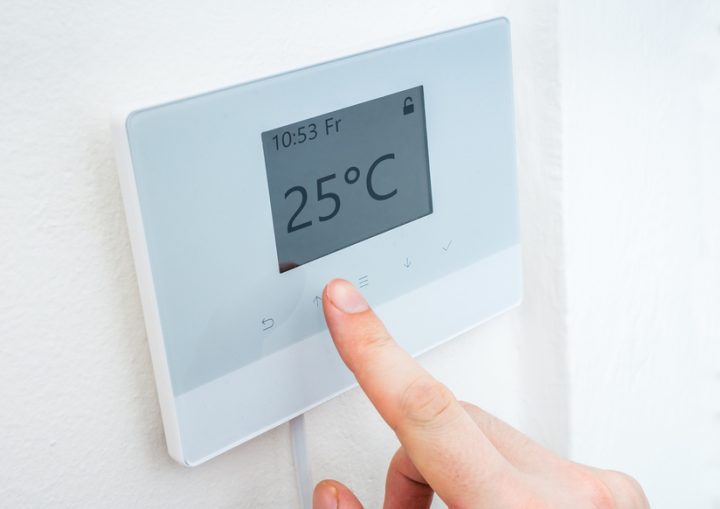
source: pinterest.com
If your thermostat produces buzzing or other noisy sounds, this could be a telltale sign of improper wiring or other underlying issues. Check all electrical connections and remove any dirt or debris that might interfere with them before using shielded wires to isolate them from other devices operating at different frequencies to minimize noise interference and noise generation.
Upgrading your factory thermostats with noise-reducing technology offers multiple key benefits. It will enhance acoustic comfort for workers, improve productivity and morale, optimize energy consumption to decrease operational costs while strengthening sustainability efforts, and more.
People may notice clicking noises from their thermostats when making temperature adjustments, which is normal and caused by relays opening and closing to activate heating and cooling systems.
Unfortunately, loose connections or malfunctioning relays could increase this sound further, highlighting why regular maintenance and repairs must be conducted to address any potential issues and keep unwanted clicking noises at bay.
4. Faulty heating and cooling
The thermostat is one of the most essential elements of an HVAC system, as it tells your furnace and air conditioner when to operate. If it stops functioning correctly, however, this could result in high energy bills, ineffective heating or even safety risks.
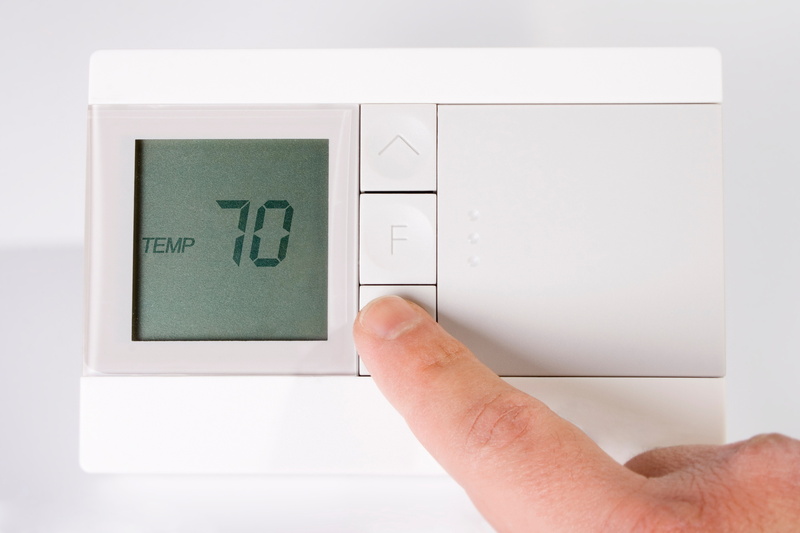
source: pinterest.com
Thermostats may become inoperable for a variety of reasons. While some issues, like blown fuses or tripped breakers, are easy to address, other concerns like default programming, an absence of energy-saving programs, or expired batteries may require more complex solutions.
Upgrading your thermostat can help alleviate these problems. A modern model offers advanced controls that let you set automatic energy savings at different times of the day to keep your home comfortable throughout the week without overheating conference rooms you don’t use or leaving the air conditioner running all night while at work – saving both money and efficiency at the same time!
5. Expensive repairs
Over time, your thermostat may become subject to electrical problems caused by corrosion caused by damp environments, dust build-up or poor wiring. An upgraded thermostat could help avoid these complications altogether.
Programmable or smart thermostats provide various controls that simplify managing your home’s temperature, such as presetting heating and cooling schedules, variable-speed compressor operation support, and more. This gives you greater control of your HVAC system and could save money.
Getting a new thermostat may feel like a huge hit to your wallet but it does save money in the end. Smart systems give you more control and lower your bills. On average, homeowners who upgrade their thermostats can save around 20% on heating and cooling costs.
An upgraded thermostat can extend the lifespan of your HVAC system by optimizing its performance and relieving strain from its components. This can lead to fewer repairs and extended functionality.

